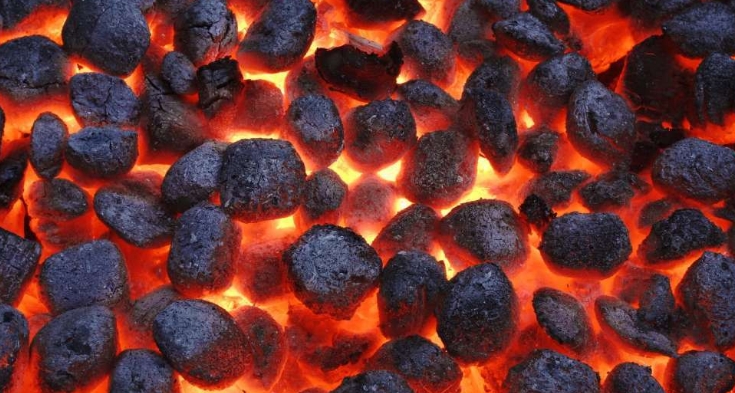
The calcined coal producer is a carbonized substance that can also be used for the steelmaking process. Green petroleum coke is calcined at temperatures higher than 1200degC by using delayed coking, the rotary kiln-calcining technique or shaft calcining.
After replacing the fly ash by calcined CGF in AASM, there were noticeable increases to its compressive strength at 3 d. The microstructure was not affected.

It is a low-ash, low-sulfur, and low-phosphorus Ningxia coke that has a high content of carbon. This can be added to steel melts. Also, it is a carbon raising agent and reaction intermediary in the chemical, metallurgical and electrical power industries.
Southern Coal takes pride in its quality control procedure. With an internal lab, it can conduct regular tests to make sure that the products are meeting standards. This company can also offer many sizes through their three double deck screening plants as well as multiple crushers.
Global calcined coke market segmentation is based on type, region, and application. Elkem (Rheinbraun Brennstoff), Asbury Carbons (IVY-Carbon Products), Devenergy Wanboda Carbons & Graphite China Coal Ningxia Carbon Additive Factory RESORBENT are some of the market leaders. This market's growth is primarily driven by an increase in steel production as well as increased consumption of aluminum.
The best anthracite is heated and calcined in an electric calciner at high temperatures to remove moisture, increase density, conductivity and reduce ash and sulfur content. It is then used as a friction material, steel-smelting and casting.
EPM makes it easy to measure organic sulfur for coal samples which do not have pyrite. The reported total sulfur value accurately reflects the amounts of pyritic, sulfatic, and other sulfurs that can be eliminated by size, gravity separation, or hindered settling.
The findings of this study indicate that addition of CGF to fly ash concrete can be done without significant compression strength reduction. This substitution also appears to have a negligible effect on the microstructure of the AASM. CGF add-ons increase the compressive force of AASM between 7 and 32 percent, depending upon the composition.
Calcined coal has a low ash content which makes it an excellent material for the production of carbon-based products such as graphite electrodes, cathodes, and refractory materials. Market growth for anthracite gas-calcined coal will be driven by the demand for carbon products.
A high level of ash in foods can make them less nutritive than other food types. In particular, meats and fruits dried have a greater ash content. Also, it is important to know that the ash in food can indicate how much processing has taken place.
The present invention provides a process for producing briquetted fuel of low ash, low phosphorous content which can substitute the scarce low ash metallurgical/industrial coke in the low shaft furnaces, cupolas etc to produce high grade steel and casting materials of international standard. In a circular kiln, the process is based upon calcining raw granules from calcined oil coke. Calcium can also be added. The fuel briquettes produced have a very good combustion and show improved compressive strength in concrete.
The coal gangue granules are broken and their crystal structure changed during calcination. They are reduced in water and have high activity.
The XRP diffraction patterns show the gradual increase in pozzolanic properties with increasing curing. It's mainly because the active components from the calcined gangue absorb and react with the cementhydration products.
Moreover, AASM can be significantly strengthened by the pozzolanic effect of calcined coal gangue without affecting the microstructure. The calcined gangue, therefore, is a great substitute for the fly ash used in the manufacture of AASM. The use calcined coke gangue also reduces CO2 emissions and the raw coal consumption. Cost-effectiveness drives its use in many industries.

Write a Message